| British Submarine HMS Truculent | |
|
"Of all the branches of men in the Forces, there is none which shows more devotion and faces grimmer perils than the submariner. Great deeds are done in the air and on the land; nevertheless, nothing surpasses your exploits." Winston Churchill. "Only in attack does a submarine reveal herself, before creeping away to the concealment of the deep" https://www.youtube.com/watch?v=QlvsWLAT_Tg News Video of disaster https://www.youtube.com/watch?v=OL7lwYbFof4 Salvage https://www.youtube.com/watch?v=MJaqx-pD654 Memorial Service |
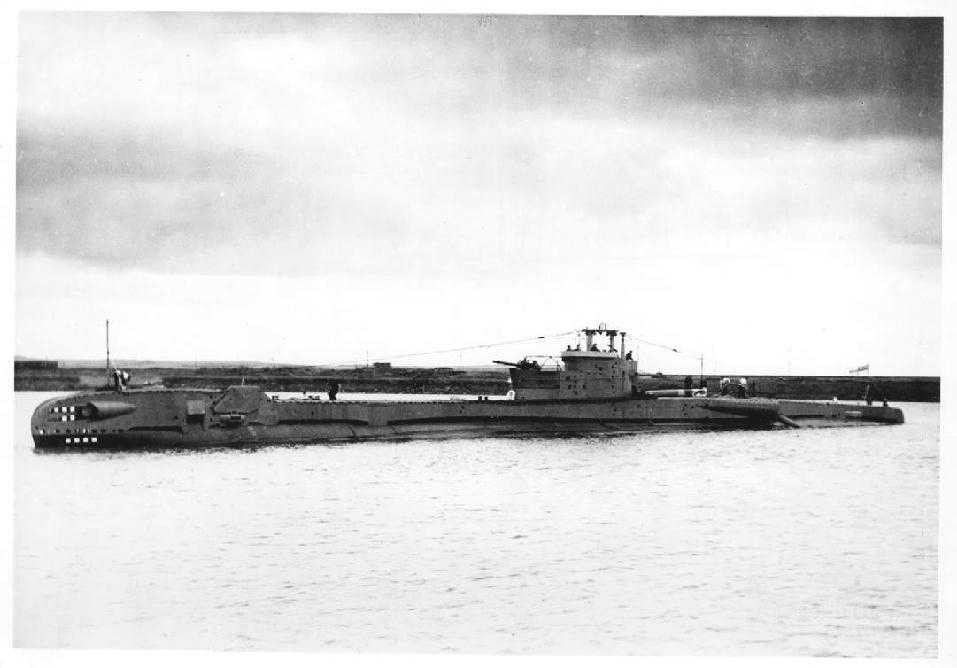 |
|
"On the evening of 12th January 1950 HMS Truculent was proceeding on the surface from the submarine exercise area to Sheerness on completion of Dockyard trials, for which a party of Chatham dockyard officers and men were also on board. The SS Divina, with a Trinity House pilot on board, was on passage from the Port of London to Ipswich and at the time of the collision, shortly after 7pm, was in the vicinity of the West Oaze Buoy, a narrow part of the Thames estuary. for some time before the impact each vessel had the lights of the other in sight....". The subsequent Board of Enquiry report states that: (The submarine) entered the Thames Estuary through Princes Channel, thence passing between Red Sand Sheal and Shivering Sand Fort on course 280 degrees Her speed was about 9 knots through the water. In Oaze Deep, course was altered to 261 degrees. The collision occurred with SS Divina in position one mile bearing 287 degrees from Red Sand Tower. This section of info came from: George Malcolmson Archivist submuseum Haslar |
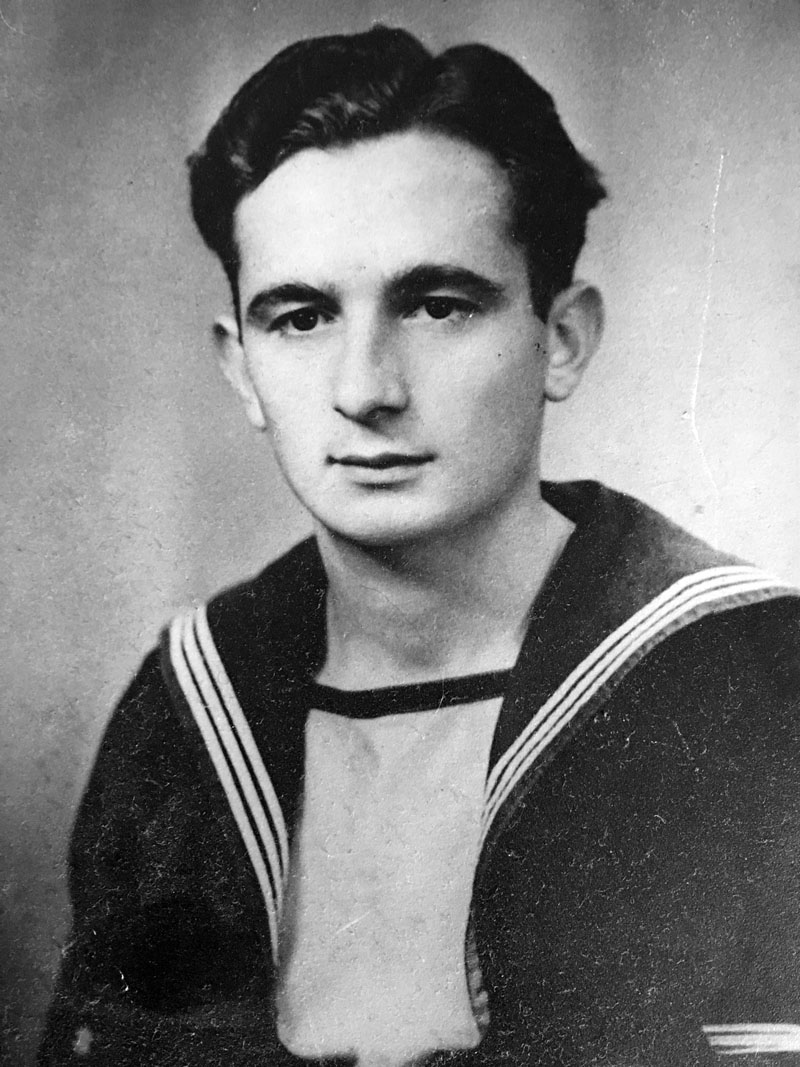 Leonard Charles Higgins. image: Ben Osborn |
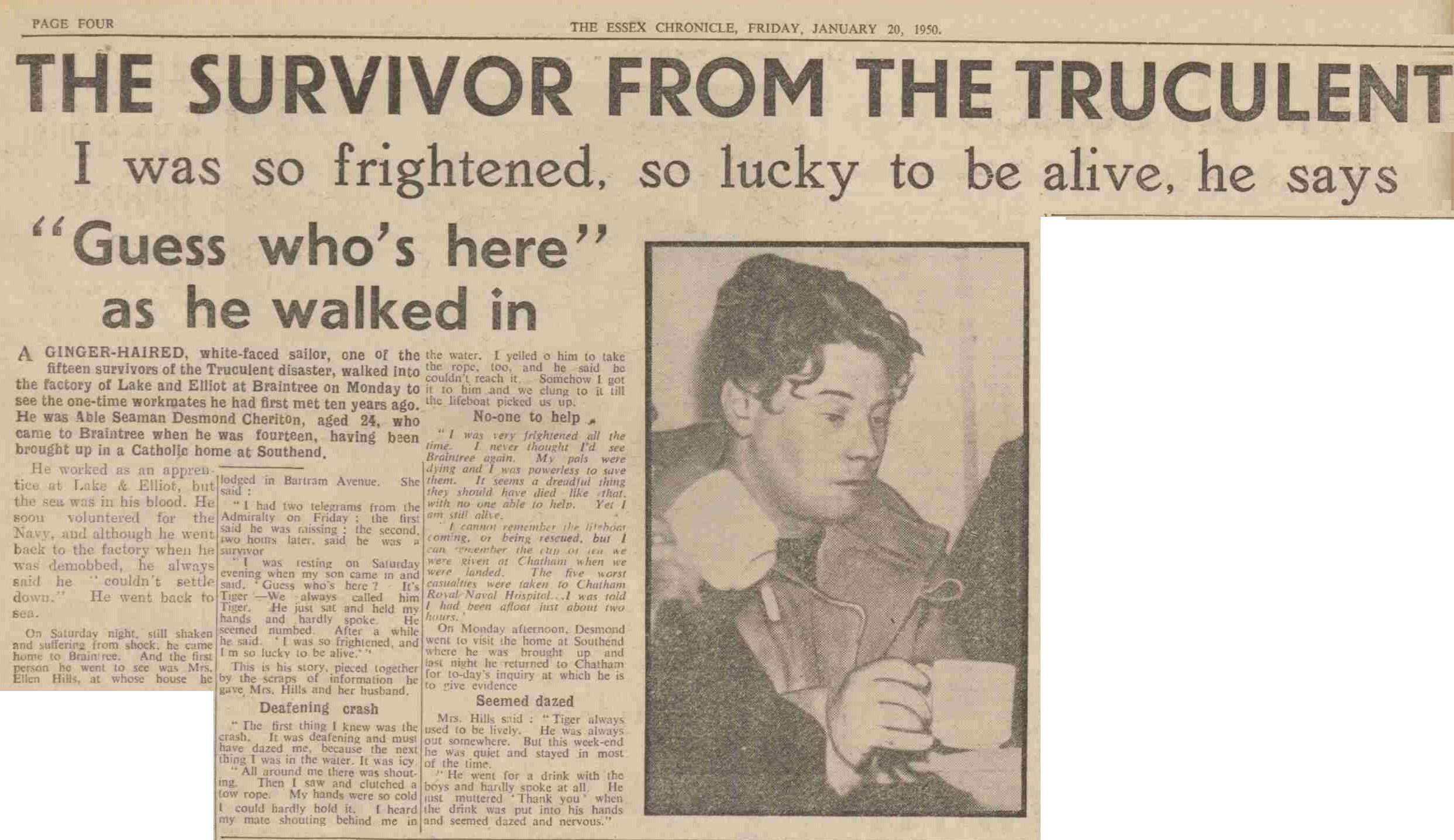 |
|
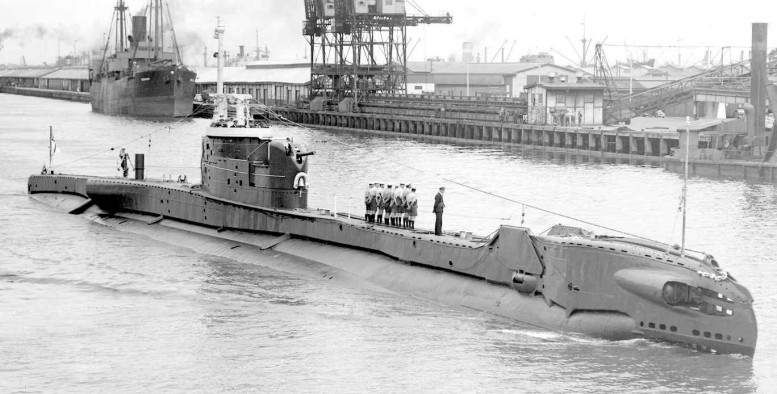 |
|
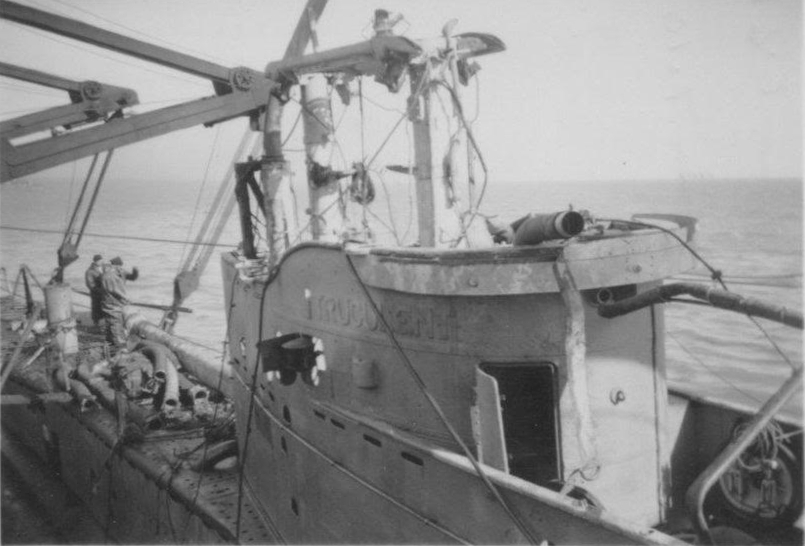 |
|
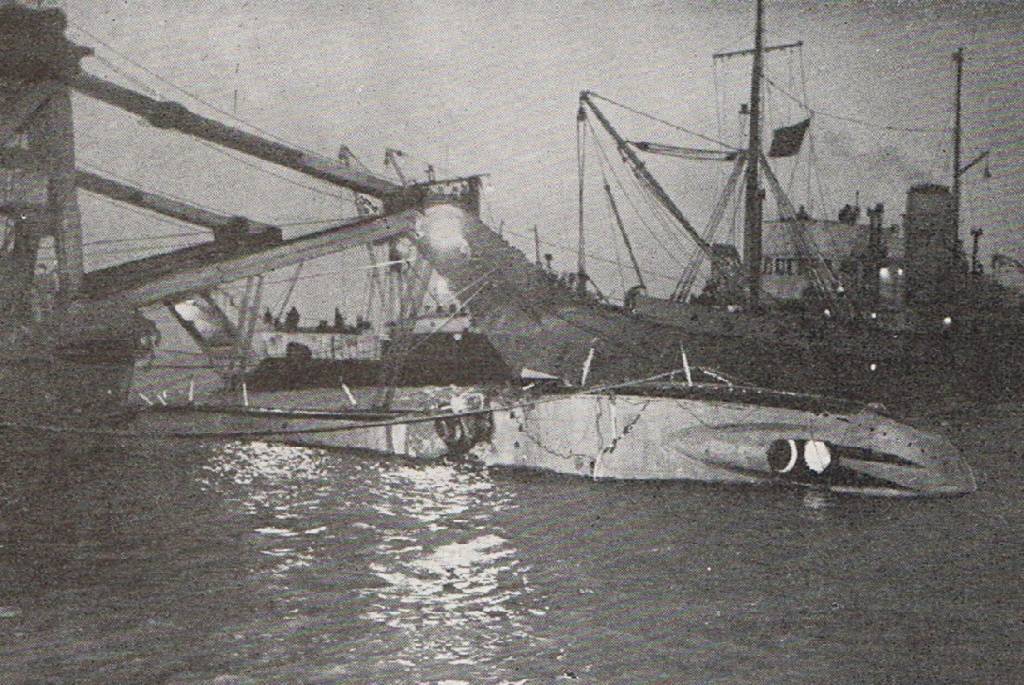 |
|
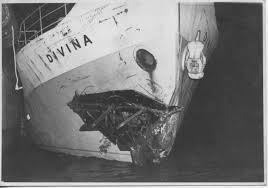 |
|
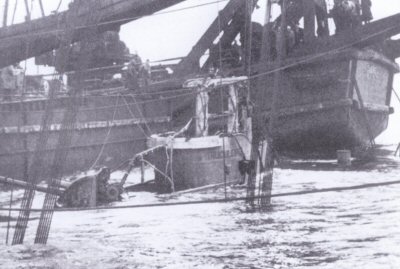 Truculent Being Raised |
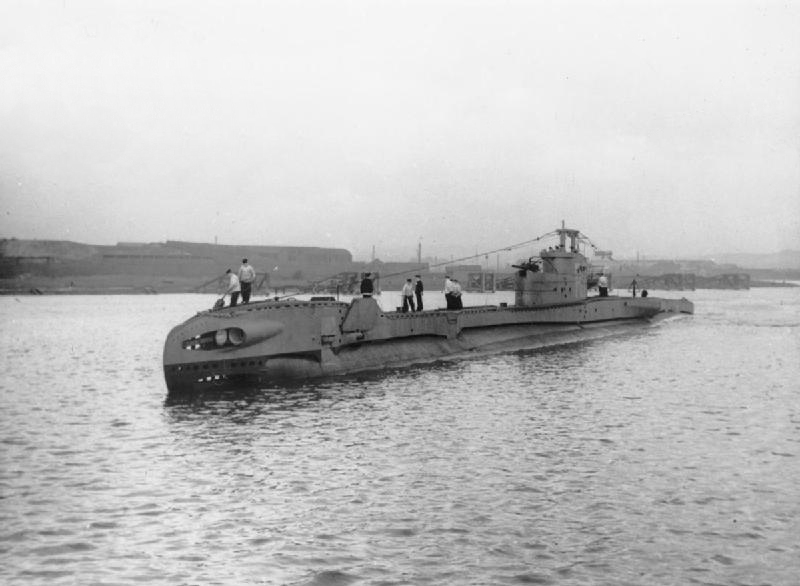 Dec 1942 Barrow |
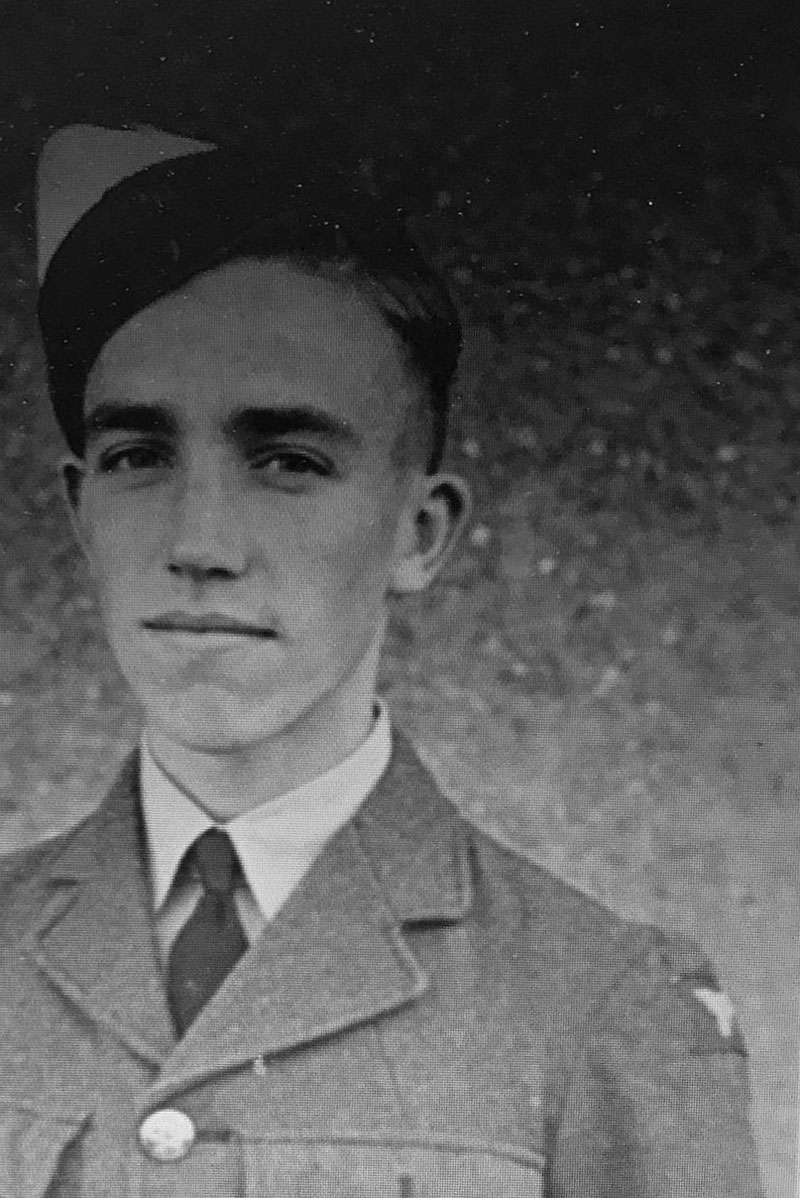 Robert Harling. Left the RAF and worked at Chatham. Did not survive. |
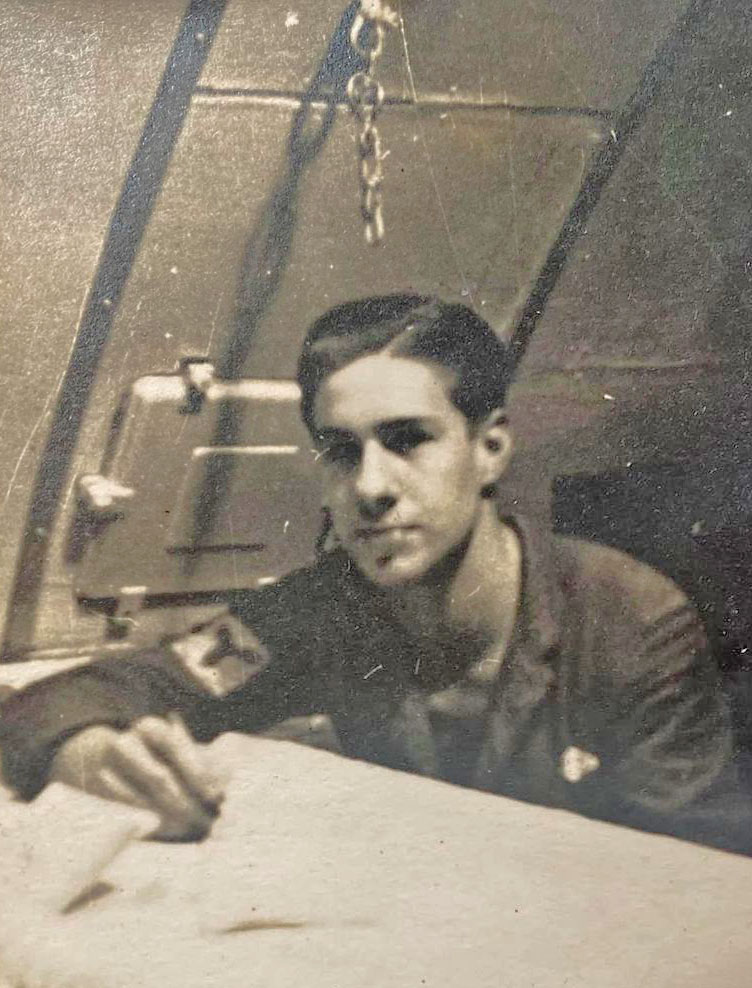 Grahame Wood died in the collision |
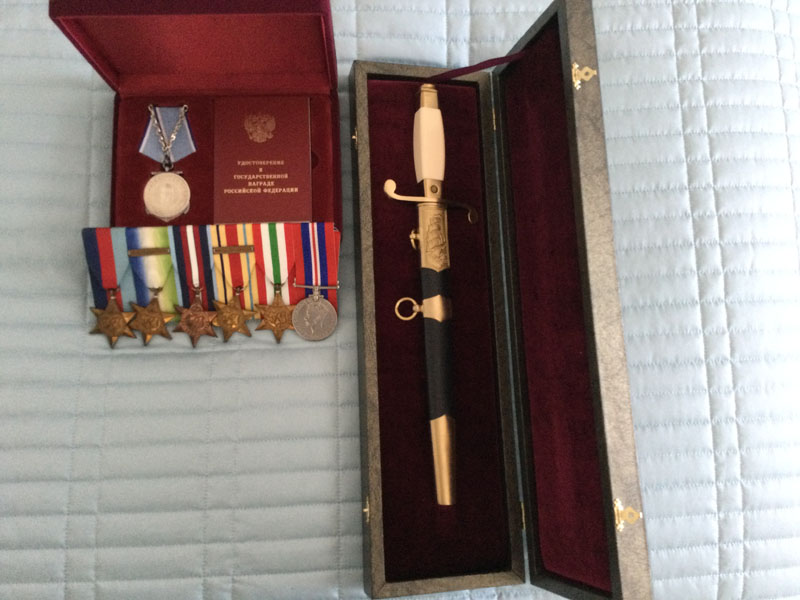 Fred was presented with these items by President Putin in recognition of his service in the Arctic Convoys. The medal is Russia's highest civilian award |
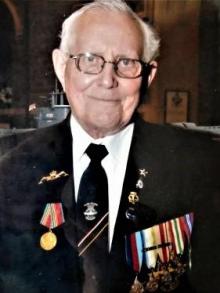 Frederick Henley. Passed away peacefully on 27 February 2021 aged 97 years. He was a much loved father, grandfather and great grandfather and will be greatly missed by everyone. A private family funeral was held at Colchester Crematorium on 19 April 2021. |
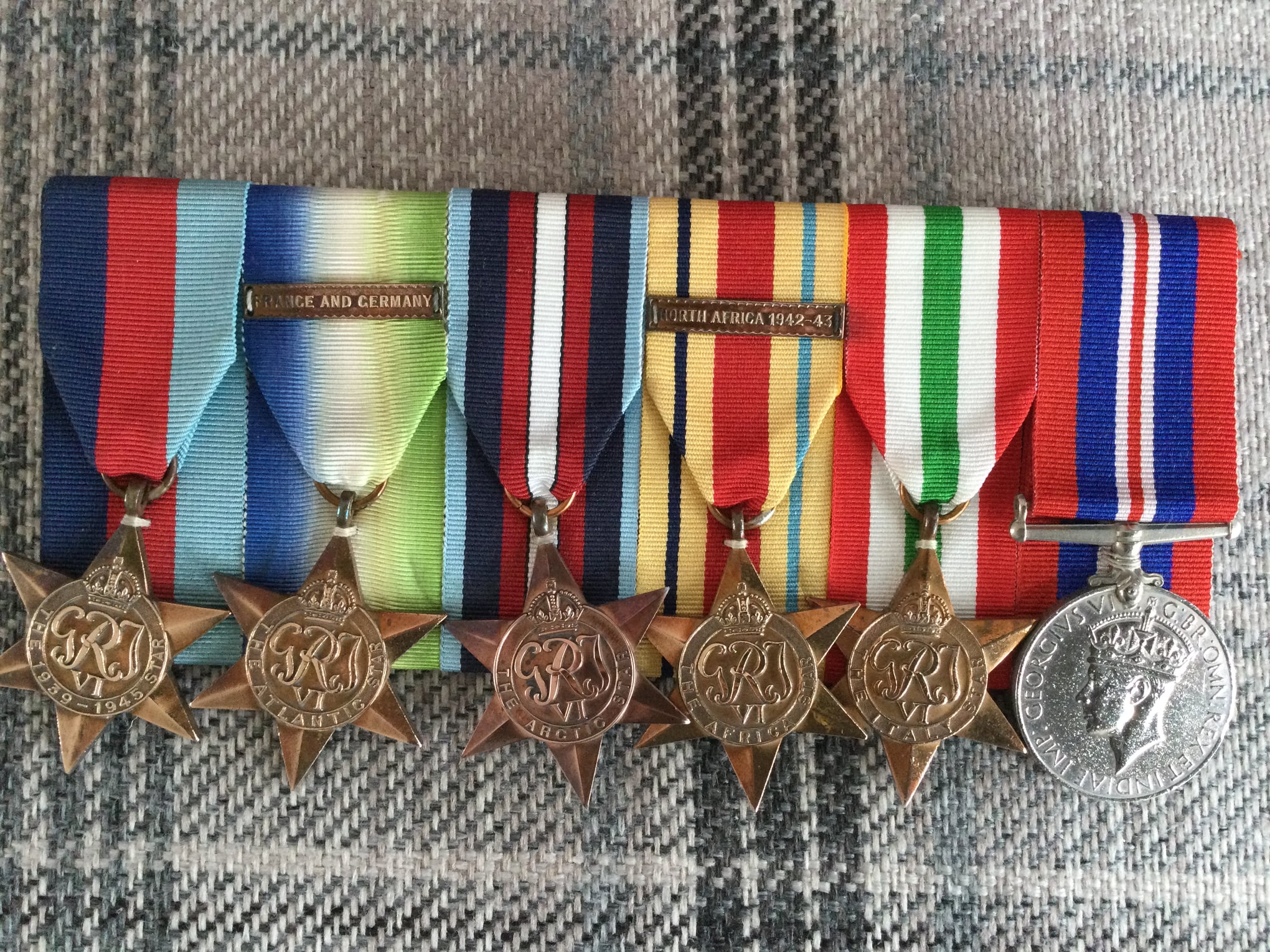 |
|
Below: Extract from Weekend magazine, November 1983
MY MIRACLE ESCAPE FROM DOOMED SUBMARINE
By Frederick Henley DSM (C)
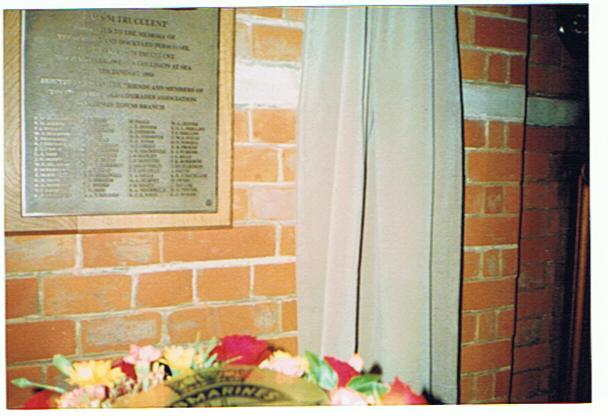 Memorial Plaque (Image: Dave Henley) |
 Fred Henley RIP |
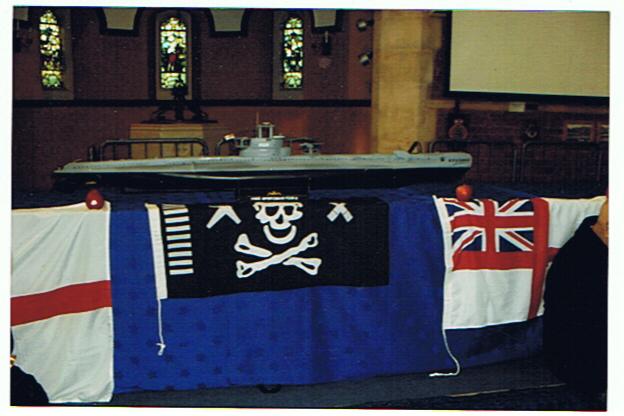 Model of HMS Truculent |
|
Picking a delicate way through the dark waters of the Thames Estuary at a steady 10 knots, our submarine, HMS Truculent, was almost in sight of home. With any luck, some of us might even have a few hours ashore that night. But, although we didn’t know it, Truculent’s luck was running out fast. We had left Sheerness at 8.30 am on January 12, 1950, for engine and snorkel trials. We had cruised around underwater off Margate and Ramsgate, coming to the surface in late afternoon. It had been an uneventful day. With 18 civilians aboard – fitters, electricians and son on from the naval dockyard – we mustered 79 men. Few would survive the horror that was to come. I was a Leading Seaman (Torpedoes, Anti-submarine) at the time, and the Royal Navy was my life. After two or three years on subs, I thought I knew the ropes. But when the order came from the bridge to bring up the Manual of Seamanship, I was a bit surprised. I had never known anybody to want that particular textbook – a pretty hefty volume – before. Certainly not our captain, Lieutenant Charles Bowers, a highly experienced submarine officer who had been mentioned in dispatches during the Second World War. Altogether, it was a strange order but, after rummaging through the chart cabinet, I found a copy of the manual and managed to obey it. It was just before 1900 hours on the Control Room clock when I left to climb the conning tower ladder to the bridge. I handed the manual to young Sub-Lieutenant Frew – it was his first submarine posting – and watched as he leafed through the pages, opened it, and handed it to the navigation officer. Lieutenant Humphrey-Baker and the Captain. It was a cold, dark night, the sky pricked with brightly shining stars. I didn’t see the tanker ploughing inexorably towards us. I took a last, grateful gulp of fresh air and turned to go down the ladder from the conning tower. I had hardly grasped the rungs when I heard the Captain issue a stream of urgent orders. He didn’t raise his voice but I knew that, somehow, Truculent and all aboard were in deep trouble. I had no means of knowing that the officers on the bridge had been puzzled by the arrangement of lights on an approaching ship and had sent for the seamanship manual to check them. As events were to prove, the manual did not help either them or HMS Truculent – but it certainly saved my life. There was an almighty crash and I was pinned to the side of the conning tower as Truculent keeled over at a crazy angle. There was a sickening lurch and, in seconds, we sank like a stone to the seabed 80 feet below. The conning tower was flooded and I knew that somehow I had to get clear. I managed to squirm round the periscope standards and, remembering my crash drill, breathed out as hard as I could. I found myself on the surface, swimming aimlessly in the darkness. The water was icy cold. I could hear men calling for help but couldn’t see them. I lost all sense of time. Vaguely, I realised that the tide was on the ebb and that I was being swept slowly out into the North Sea. I was almost past caring when a boat from the Dutch freighter, Almdijk, picked me up. It turned out that I had been in the water for over an hour. It was only later, when they told me that 64 of my shipmates had perished, that I remembered the unusual order to find the seamanship manual. If I hadn’t gone aloft with it, I would almost certainly have drowned. Footnote: HMS Truculent had collided with the 600-ton Swedish tanker Divina, a vessel with specially strengthened bows for Arctic conditions. The submarine suffered a massive gash forward on the starboard side and sank rapidly. At a subsequent courts-martial, Lieutenant Bowers was found not guilty of negligently losing his ship, but was severely reprimanded on the lesser charge of negligently hazarding her. "Weekend" reader Frederick Henley, 60, served 15 years in the Royal Navy, four of them on submarines. After a honourable discharge in 1954, he became an electrician. Father of four children and grandfather of seven, he lives near Barnsley, South Yorks. In 2004, Frederick Henley, 80, is widowed and now lives in Clacton on Sea, Essex, and is the sole living survivor of the submarine, HMS Truculent. At least that's what we thought until I got an email from Douglas Hotchkiss who tells me that his father also survived the accident. Lt Comdr GD Hotchkiss also survived. He replaced a ship member at the last minute.
Fred celebrating his 89th birthday, here he is
enjoying the day
June 18th 2007 and I received the following email from Eric Bennett: On 12th January 1950 I was serving as a Senior Ordinary Seaman on the Eagle Oil Shipping Co tanker 'San Gaspar'. We had discharged cargo at Shell Haven and was outward bound in the Thames Estuary on an ebb tide on our way to Falmouth. I was the helmsman on the evening 8 til 12 watch, the pilot, the ships master and the third mate were on the bridge when the wireless operator came into the wheelhouse and announced that there was an SOS from the Almdijk that there had been a collision with a submarine. He gave the position and it appeared that we were only 4 miles to the east of that position at the time of receiving the SOS. As the old San Gaspar's top speed was only 8 knots we must have been upstream of the position at the time of the collision. On receiving the SOS our captain informed the pilot who remarked ' This ship is too large to turn around in this channel isn't it captain'. Our captain replied 'Yes I think so pilot' and we continued on our way.
We paid off at Falmouth on the
16th January 1950 and then learned more of this tragedy. It has haunted me ever
since as I often think of those 64 sailors who escaped but did not survive from
a warm submarine into that icy January water only to be swept away with the
tide. Why did we not drop anchor, swing with the tide and launch our lifeboats?
We might have saved many of these men. I did hear that our captain had to
appear at the court of enquiry but never ever heard any of the results. Would
you know if it is possible to obtain results of this court of enquiry as I would
like to know if our ships master and the pilot were ever asked why the San
Gaspar did not stop to assist with the rescue of those unfortunate sailors.
Regards Eric Bennett. |
||
|
T Class First Group |
|
T Class Second Group |
|
T Class Third Group
|
Once
again I am indebted to the research and info from
Geoffrey Ellis. He sent me the following images of the
graves of the civilians that died in this sinking
and the graves of two airmen that died during the
subsequent rescue attempts.
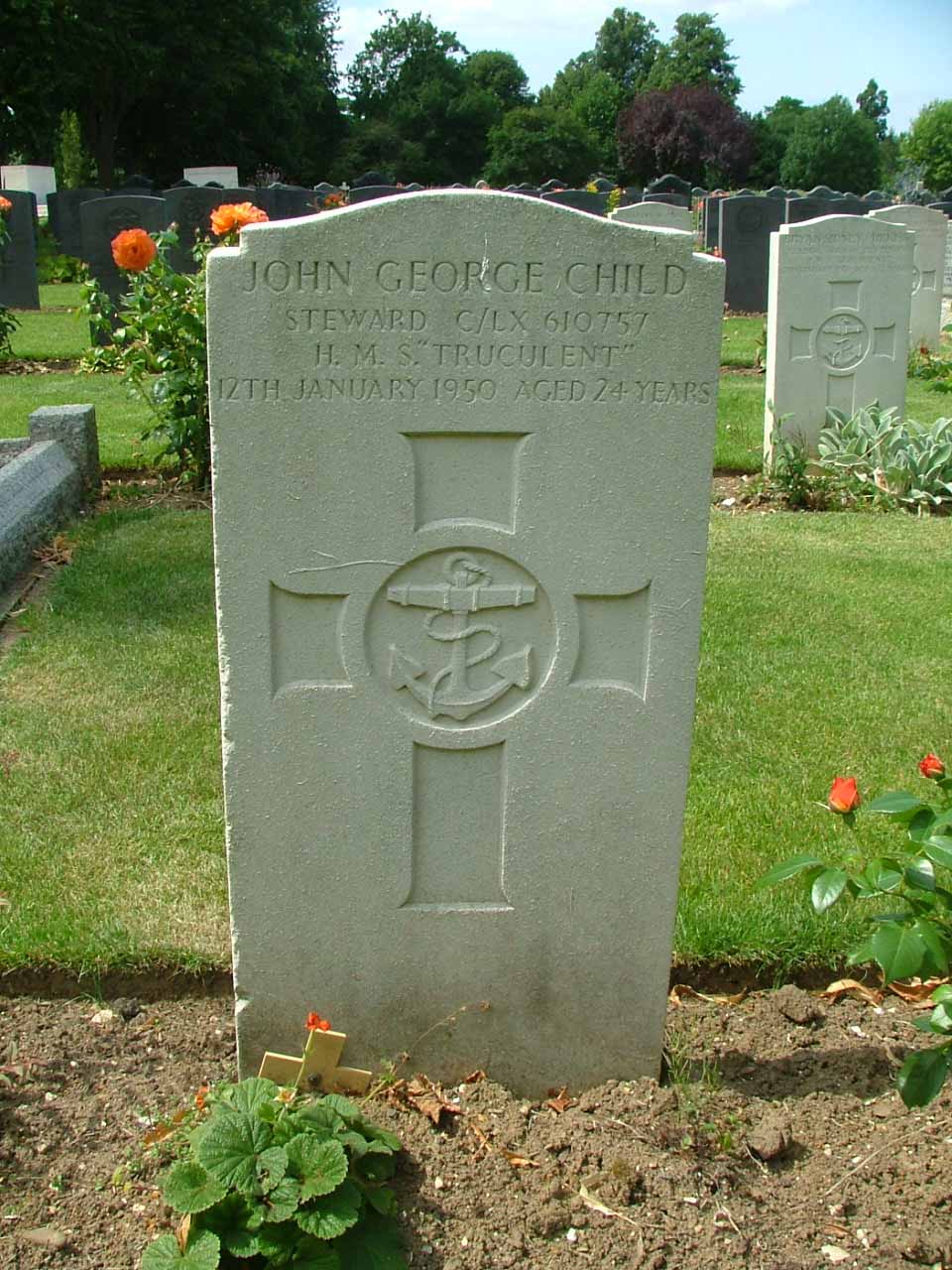
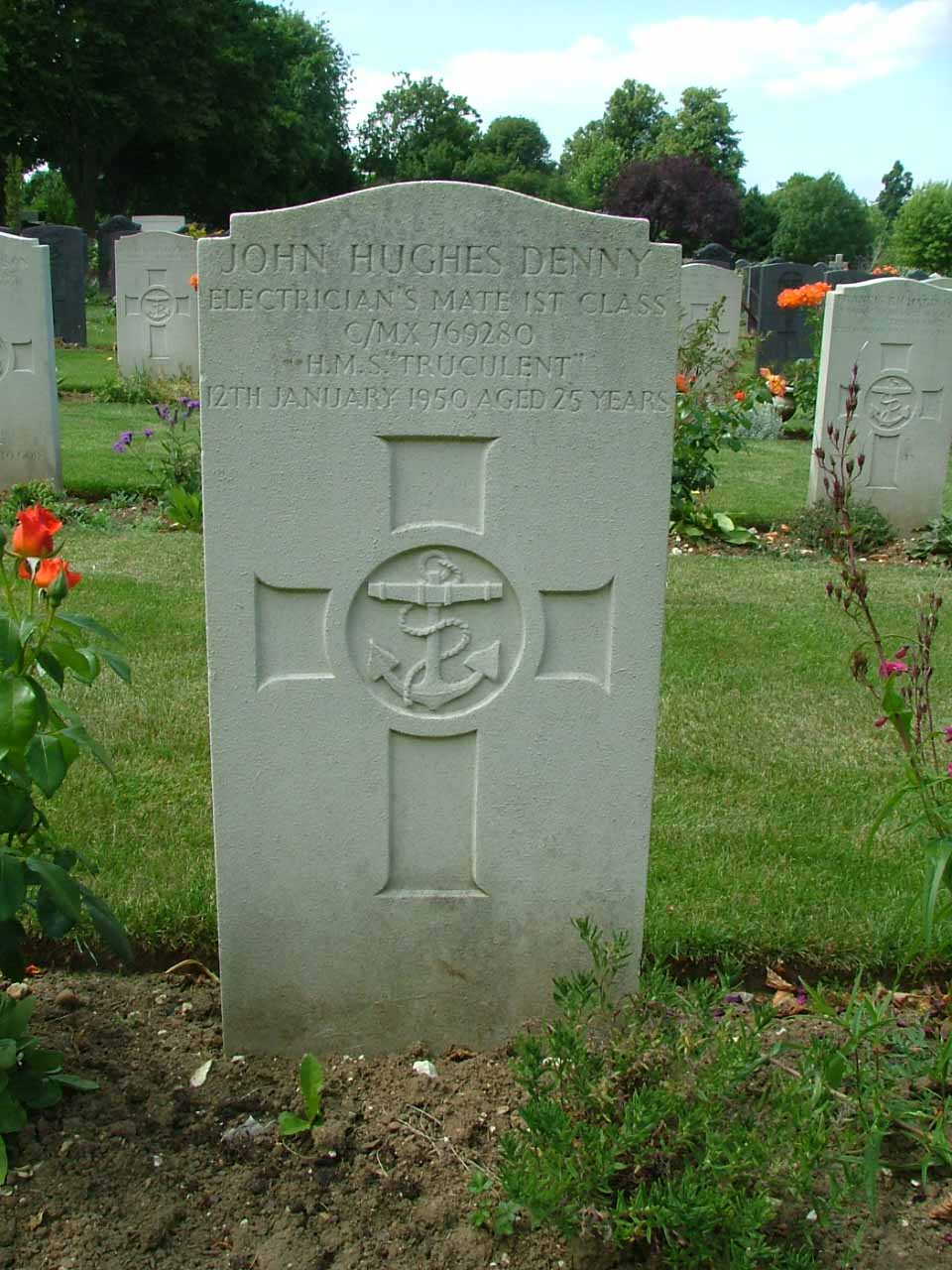
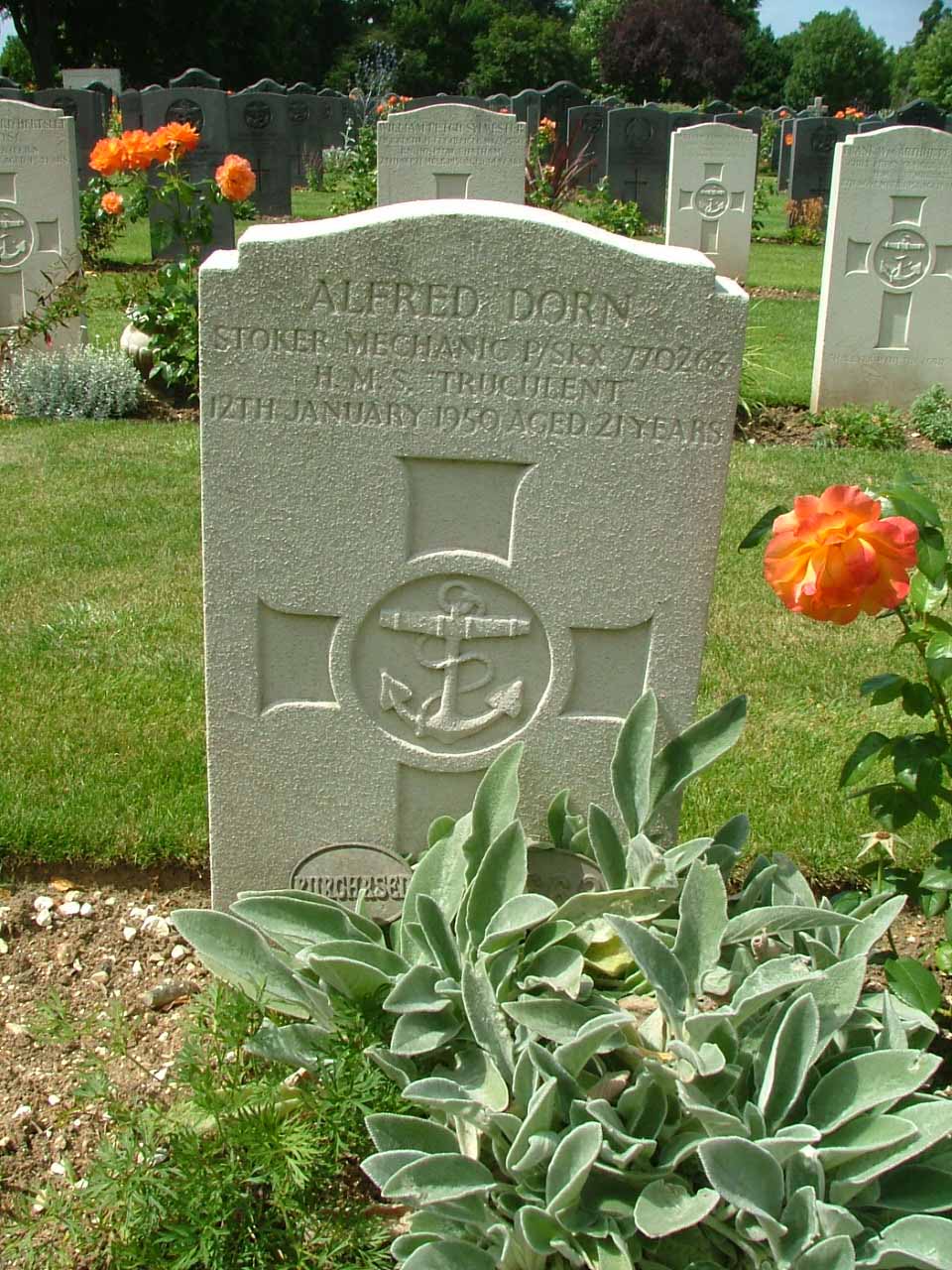
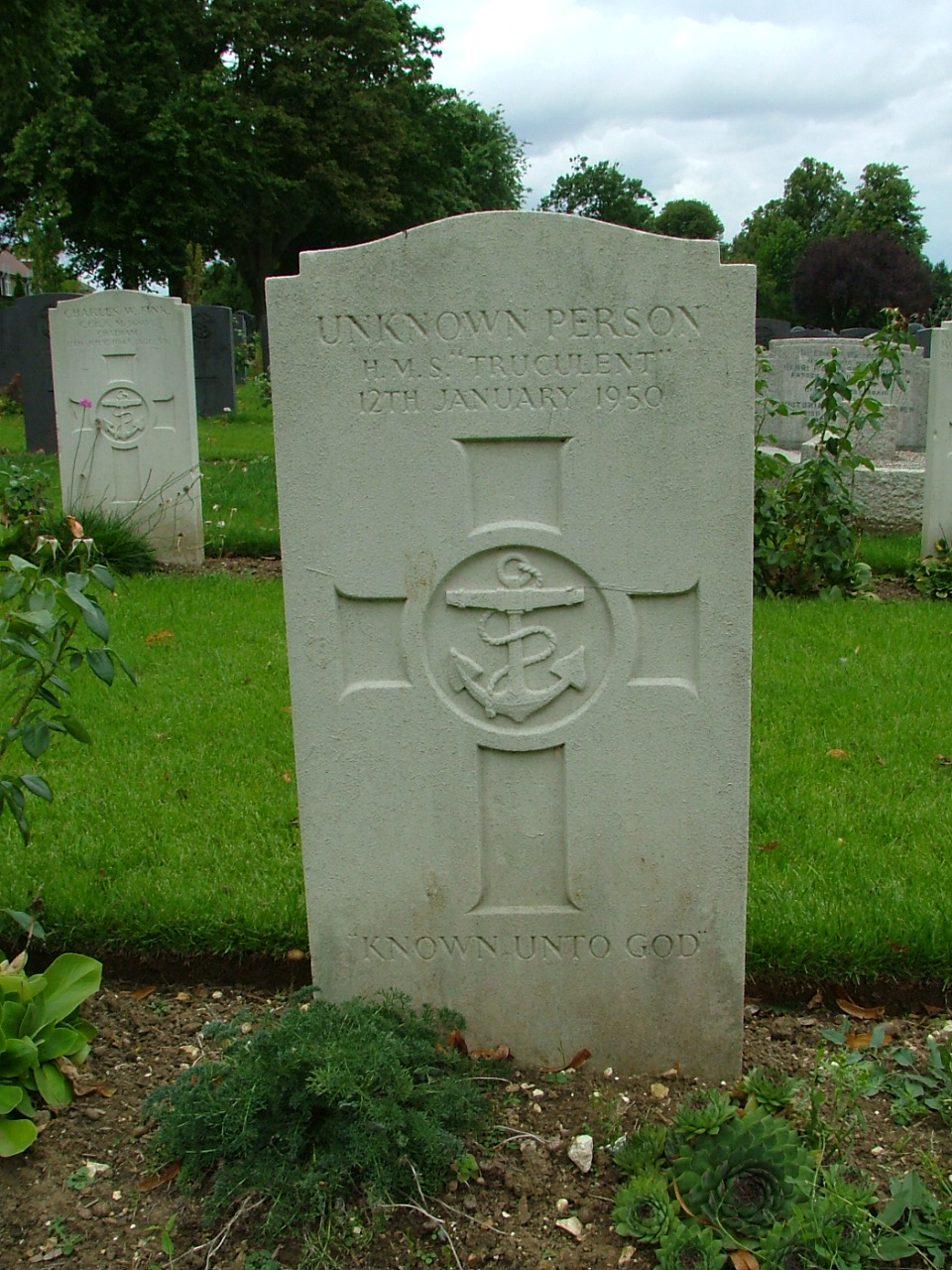
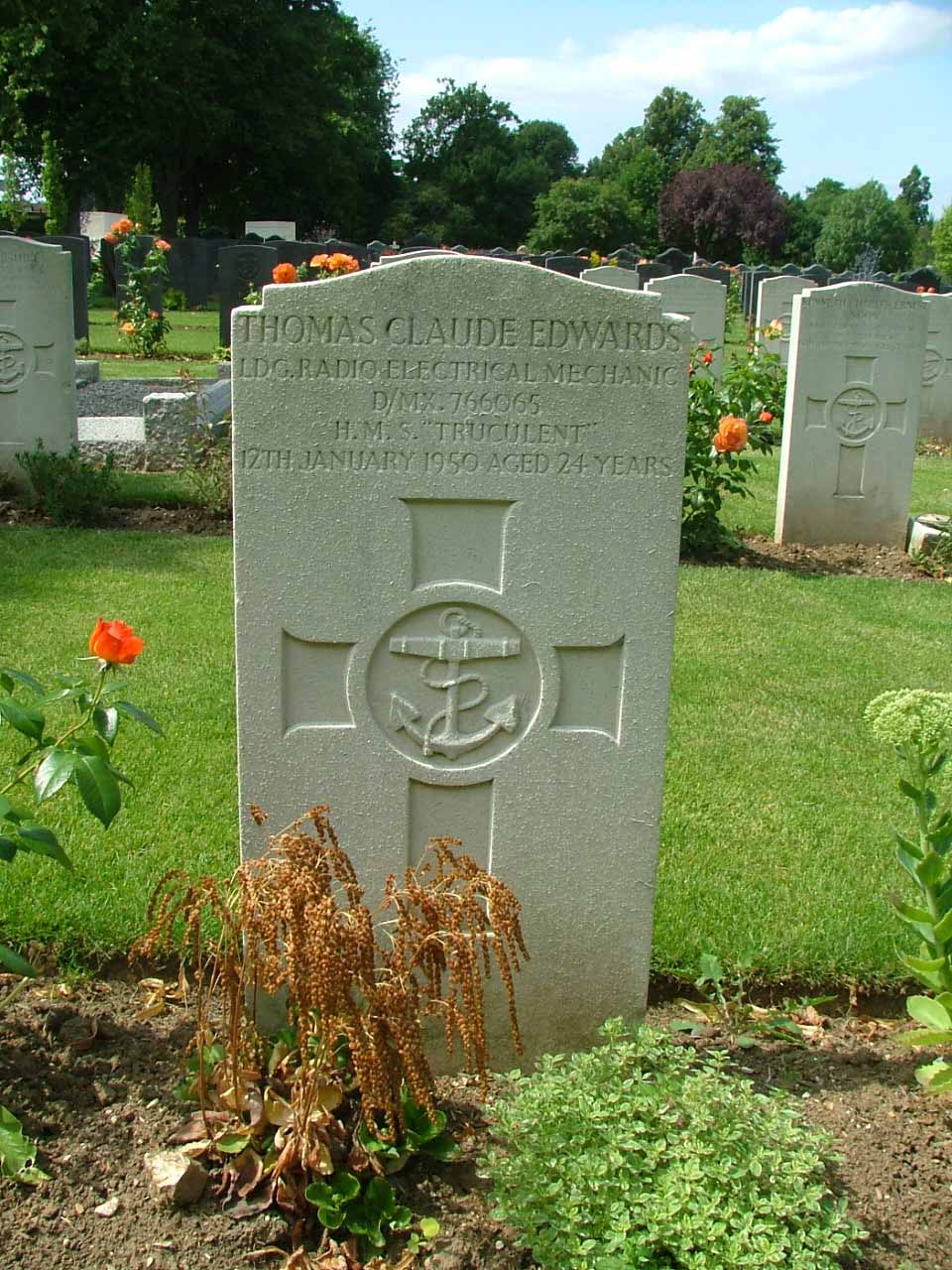
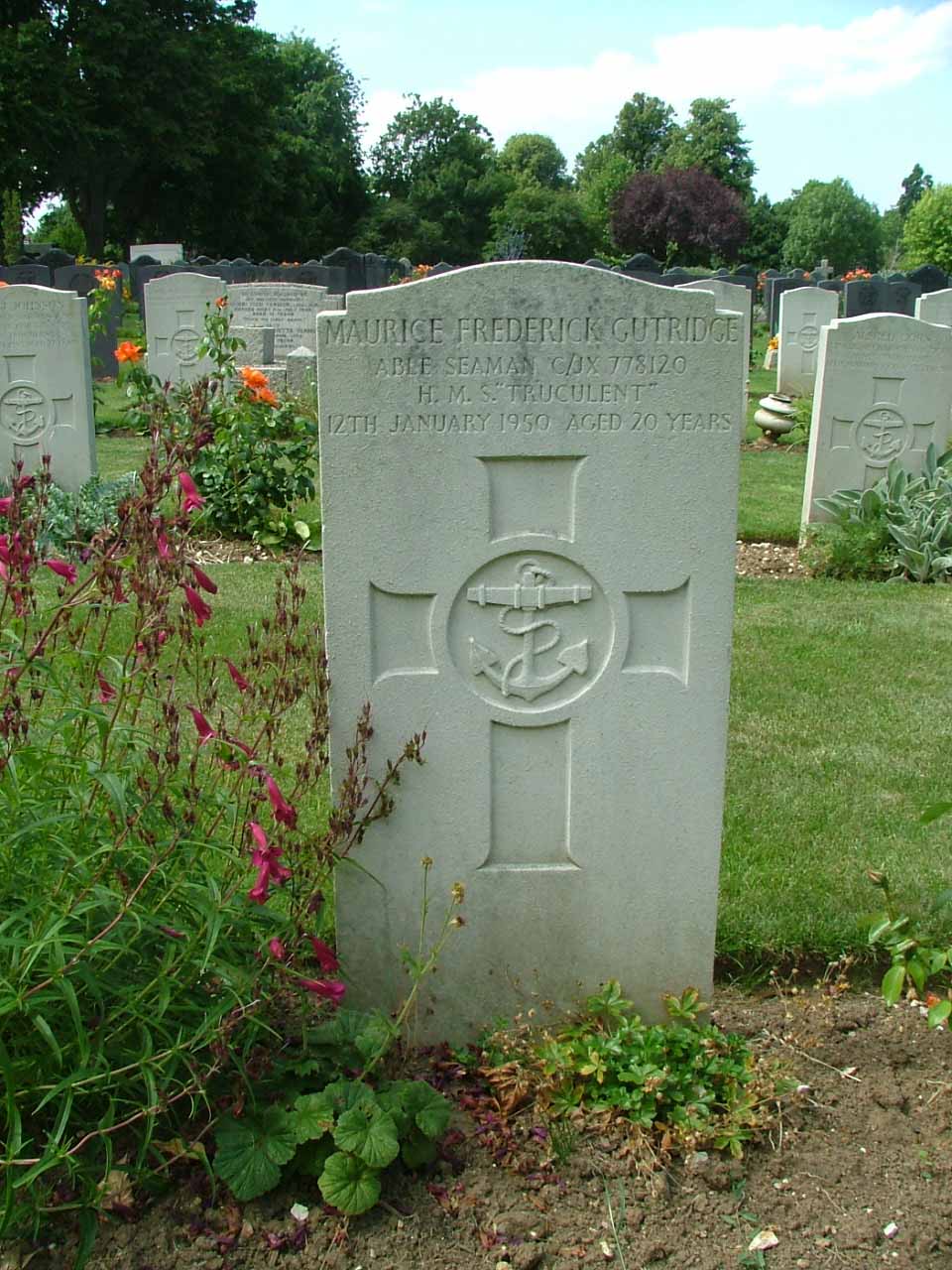
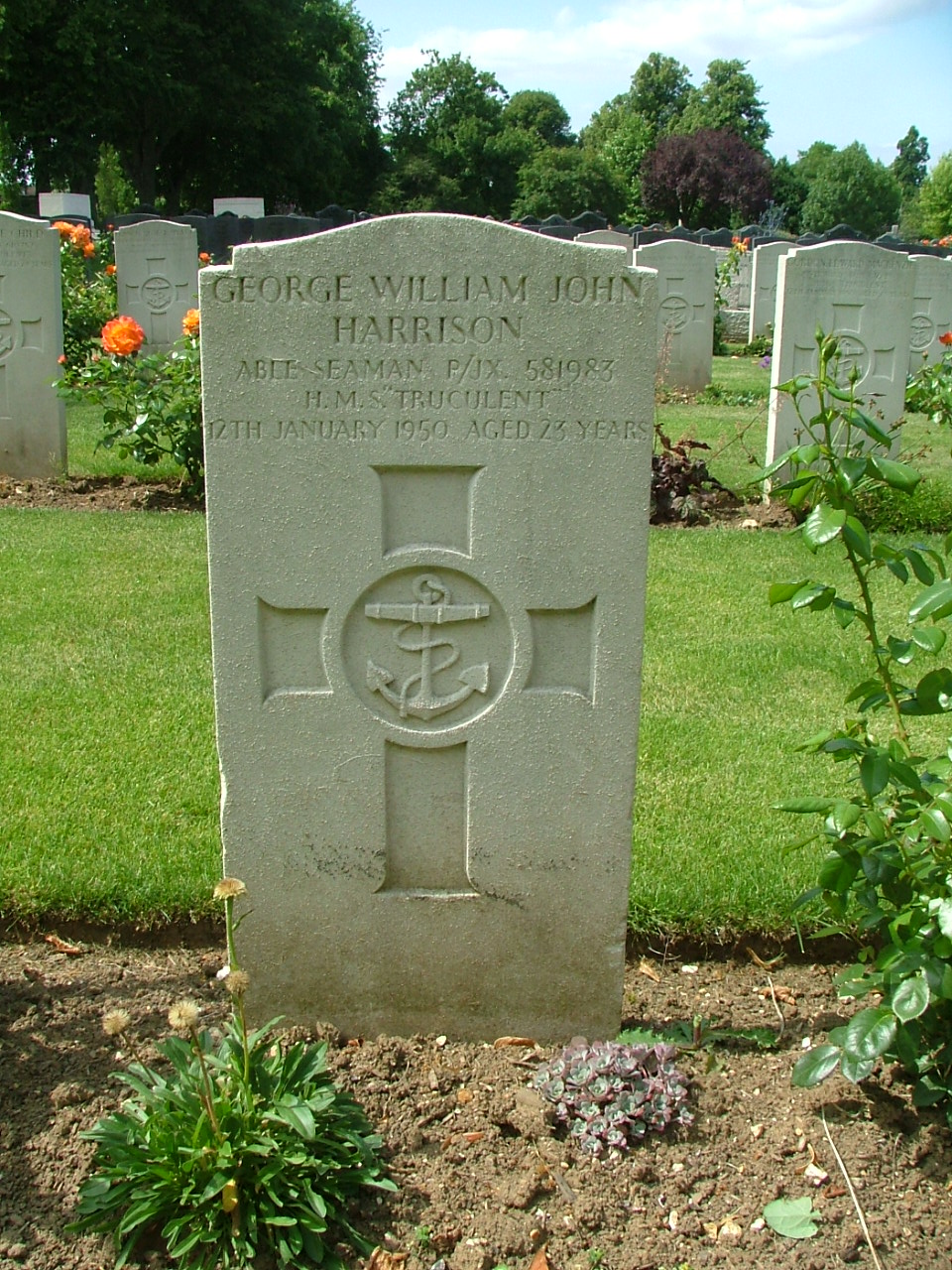
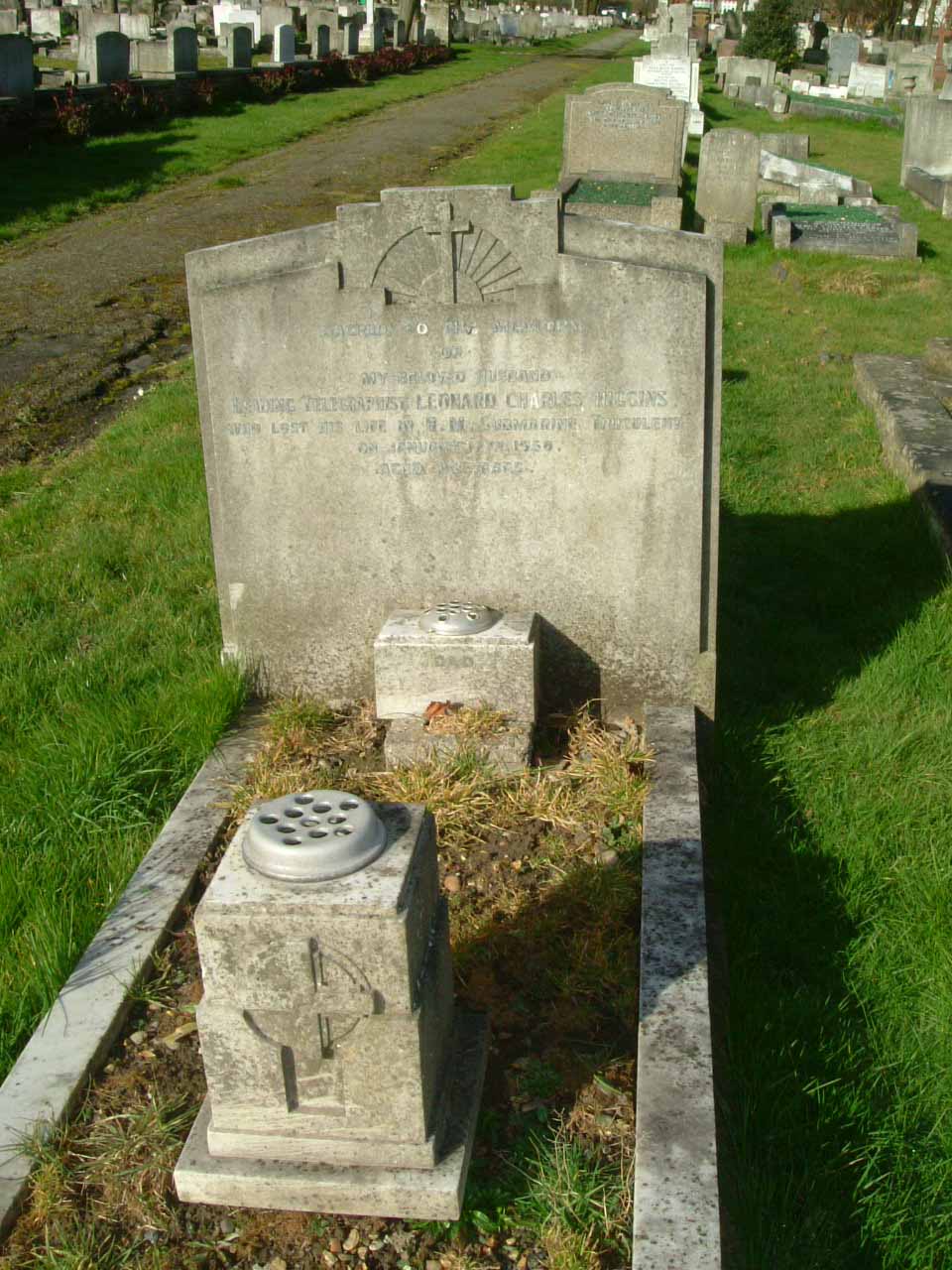
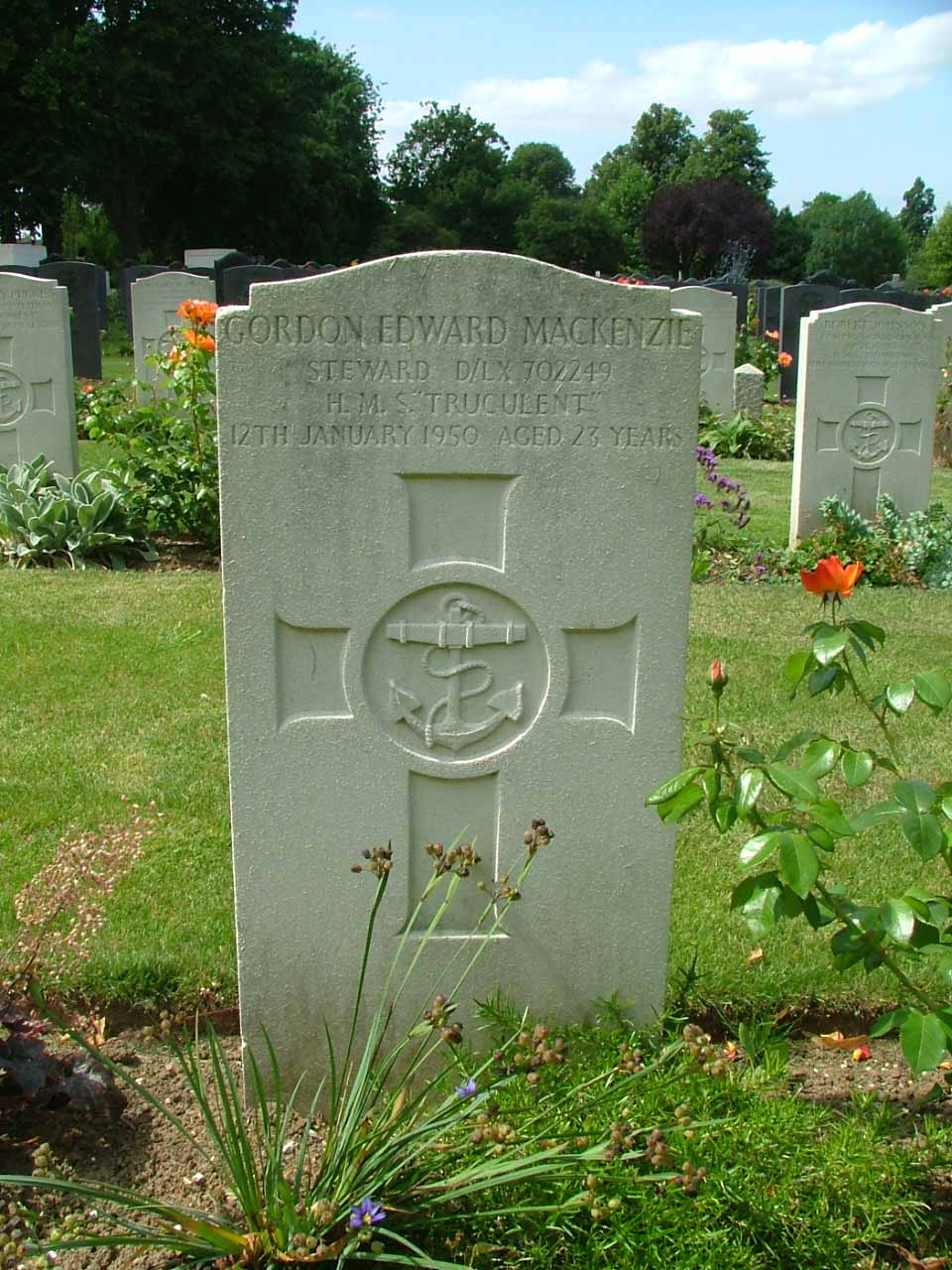
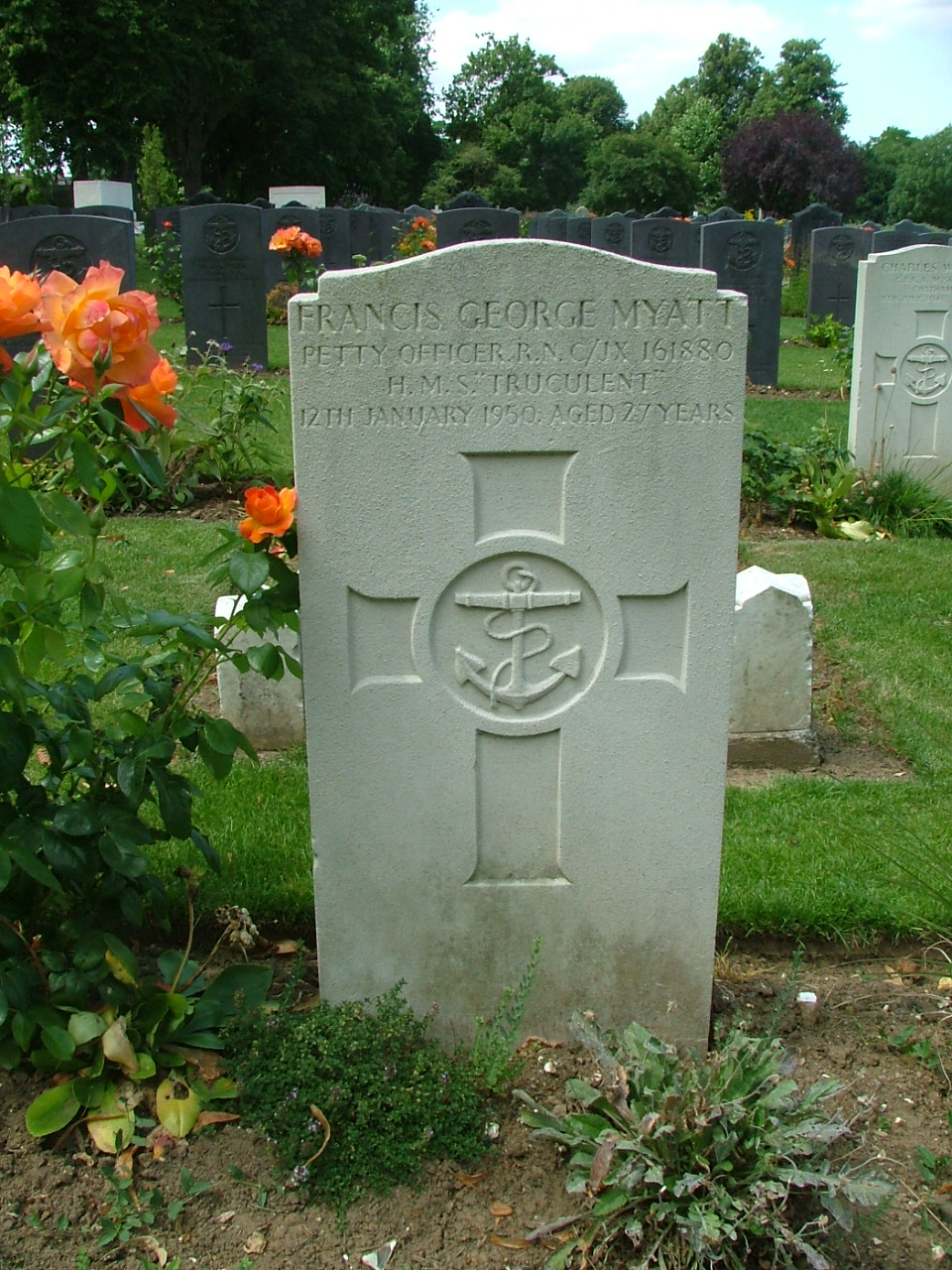
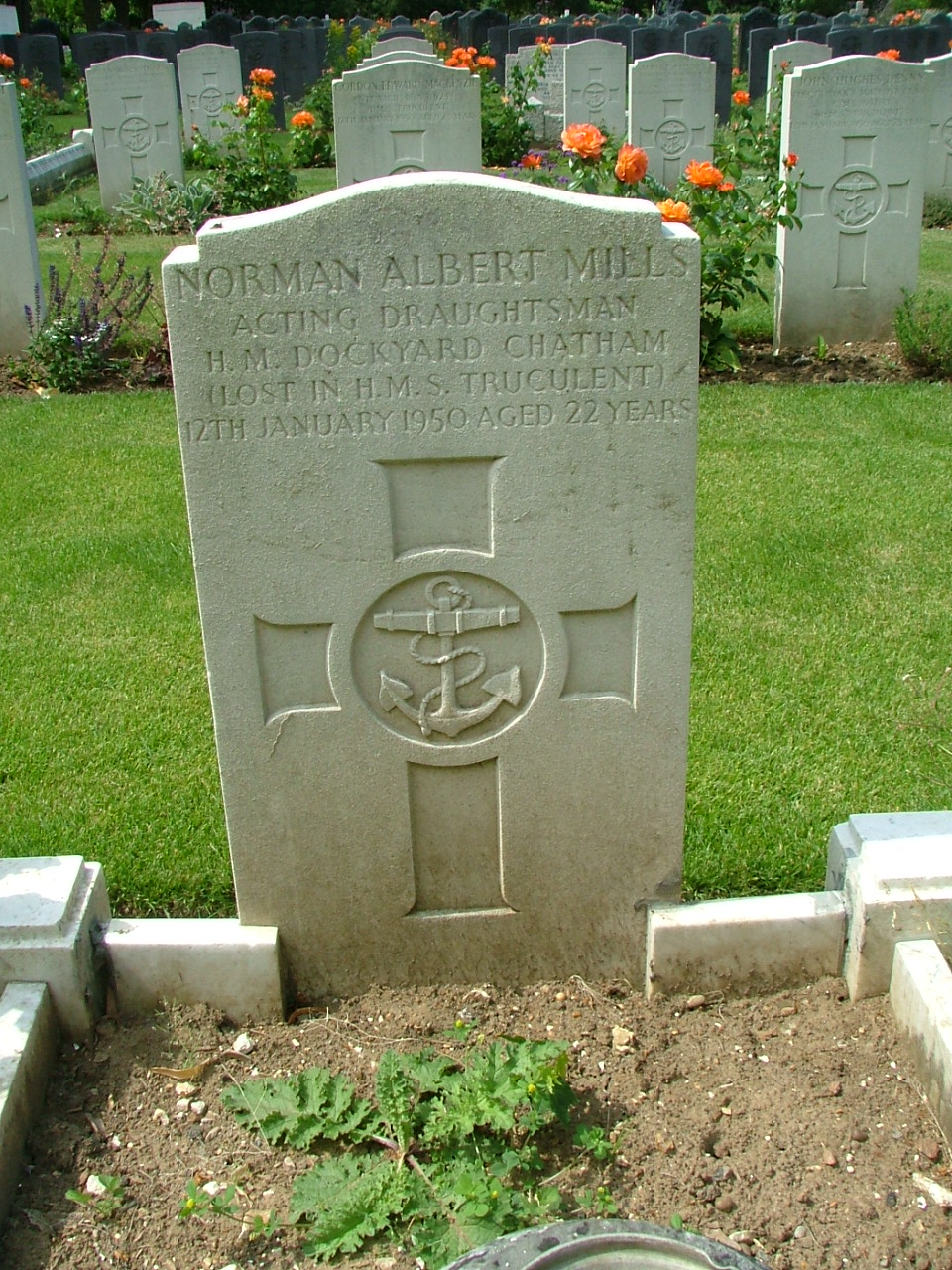
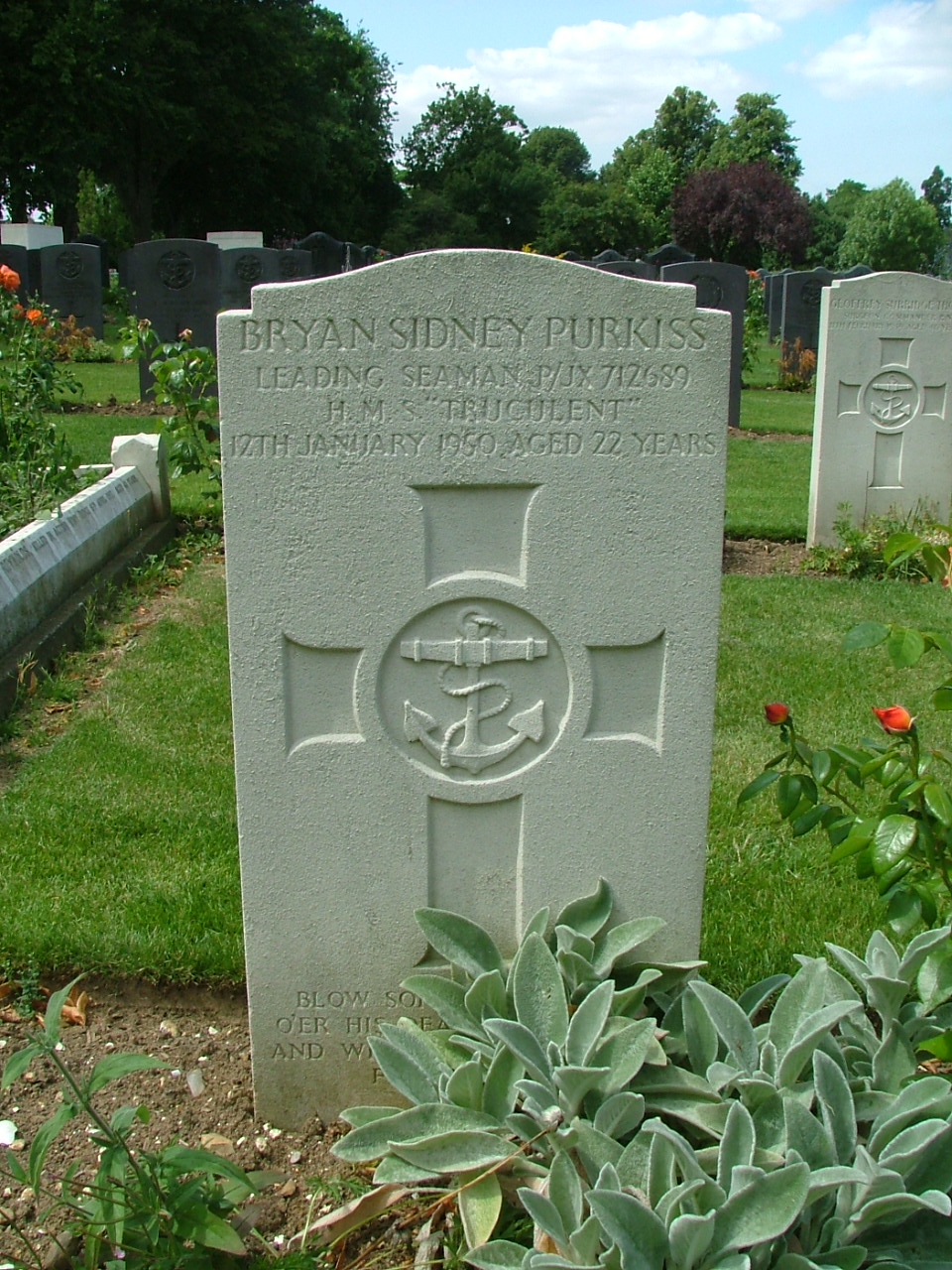
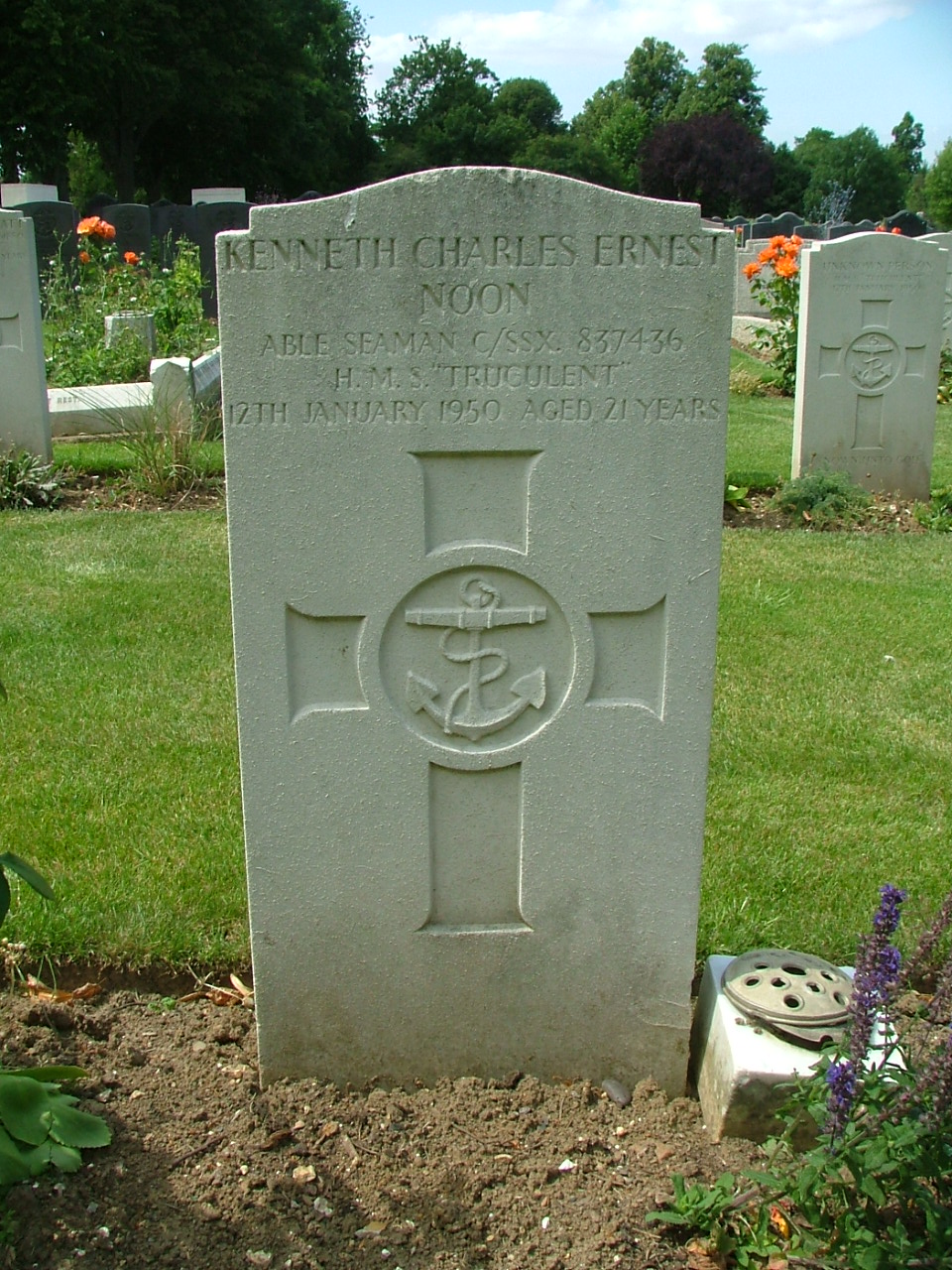
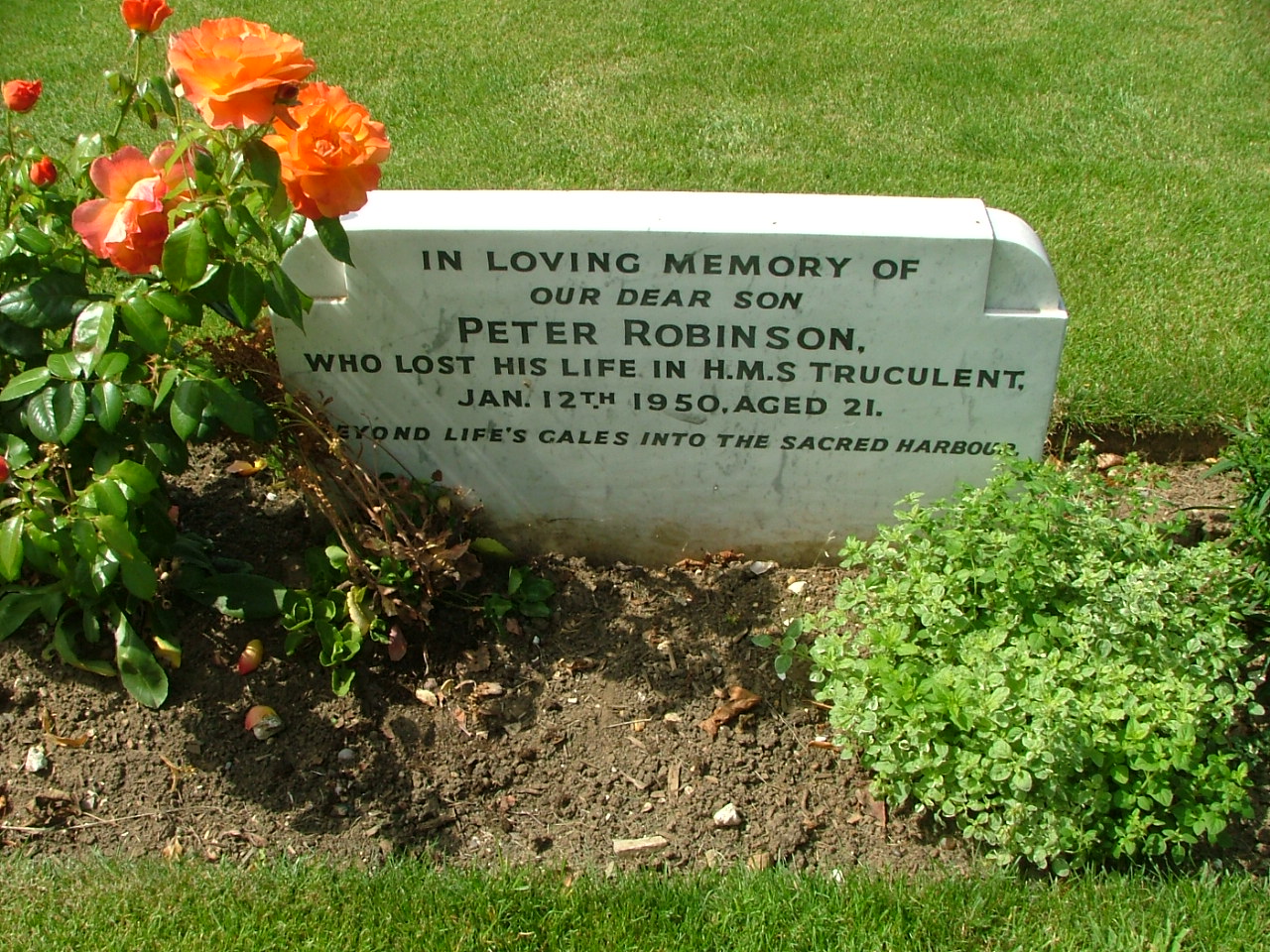
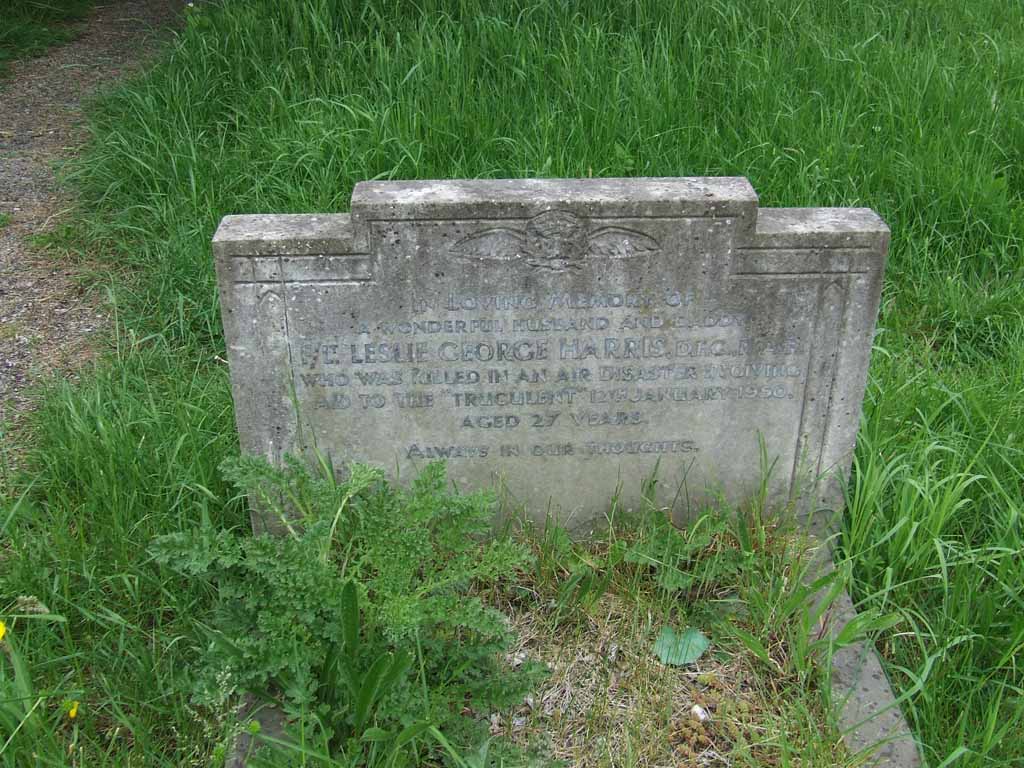
Surname
HARRIS
Forenames/Initials
LESLIE GEORGE
Rank
Flt Lt
Service
Royal Air Force
Service Number
173753
Station
RAF Kinloss
Decorations
DFC
Place of Birth/Home
Town CRAYFORD, KENT
Date of Birth
21 March 1922
Age
27
Date of Death
12 January 1950
Cemetery Name
CRAYFORD CHURCHYARD
Cemetery Address KENT
Included on Armed
Forces Memorial Yes
Included on Roll of
Honour Yes
Surname
HIGGINS
Forenames/Initials
Leonard Charles
Rank
L/Tel
Service
Royal Navy
Service Number
JX 246011
Ship
HMS Truculent
Place of Birth/Home
Town Ilford, Essex
Date of Birth
05 April 1924
Age
25
Date of Death
12 January 1950
Included on Armed
Forces Memorial Yes
Included on Roll of
Honour Yes
Stwd GORDON EDWARD MACKENZIE
Surname:
OLIVER
Forenames/Initials: William Alfred
Rank: AB
Service:
Royal Navy
Service Number: JX 325747
Ship: HMS Truculent
Decorations:
DSM
Date of
Birth: 18 December 1923
Age: 26
Date of
Death: 12 January 1950
Included on
Armed Forces Memorial: Yes
Included on Roll of Honour: Yes
There is an item on this in here
http://www.burrill12.freeserve.co.uk/RNB/HMDockyardChatham.htm
L/S J L Read
Seal, Kent
(thanks to Geoffrey Gillon
for this one)
Philip John Bailey - Missing From
HMS Truculent (Gillingham Graveyard)
http://www.findagrave.com/cgi-bin/fg.cgi?page=vcsr&GSvcid=270082
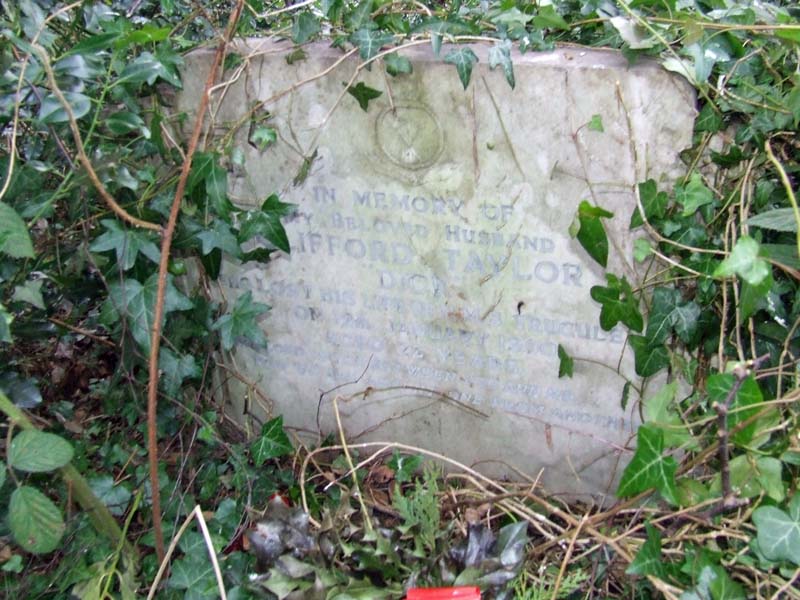
Clifford Taylor* See note
Leonard Charles Higgins. Ben Osborn tells me
that his grandfather served aboard Truculent.
Debbie Dean told me that her grandfather John Figg McIntyre, perished on
Truculent.
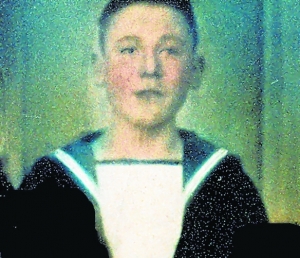
Able Seaman William Ingle
|
Ron Oliver - July 2011: My fathers brother William “Ginger” Oliver was also one of the 64 that perished on HMS Truculent that fateful night, The tragedy in our family was that his sister (my aunt) violet was 19 on that day, also Bills daughter Linda was one week old and the ironic sadness on top was that he won the DSM in April 1945 whist on board HMS Loch Glendhu in the destruction of German u-boat 1024 and was to be a victim five years later. Bills navy grave is at Edmonton Cemetery, north London, I have not got a picture but it is grave number 926, section 2, near path 4 graves into the right of bench and a split tree. August 30th 2011: I am writing to you to let you know that my uncle, Terrence Philips, an engine room artificer, was one of the casualties of the HMS Truculent disaster. My Mother told me that the family were told by one of the survivors that Terry escaped from the sub with him but I don’t know the name of that survivor. I remember seeing Terry at my grandparents home in Witney shortly before the incident. I was 9 years old at the time. I came across your website as I was doing research for a private autobiography for my grandchildren and very much appreciate having discovered a lot I didn’t know about the sinking as my mother was very reluctant to talk about it. An odd twist is that Terry was with the Royal Navy in Simonstown, South Africa, for part of the war and served on a ship, I’m not sure of the name, that went to the rescue of another Royal Navy ship, the name of which I also don’t know, torpedoed off the SA coast. Unbeknown to him his elder brother Patrick Philips was on that ship returning to England after taking part in the fight against the Japanese in Burma. Patrick was drowned while trying to help others trapped below deck. This information was provided to the family after the war when a friend of Patricks on board arrived at my grandparents house to tell them the story. My mother never got over her brothers untimely deaths and very rarely talked about them. Regarding the above, I have an email in June 2015 asking for the writer of the above email to get in touch. Unfortunately, my email records only go back to May 2012 due to a file transfer that went wrong and I lost many months of emails. The Writer, Michael Rogers asks me:
Do you have the contact details or even
the name of the person who provided this comment?
I’m related to Terence Phillips
through his mother’s brother, and have done extensive research on
her family.
I’d love to contact this person and
discuss our family connections. Any
help you can provide would be greatly appreciated.
Michael Rogers
Indianapolis, Indiana, USA.
December 2011: I was searching the internet for British Submarine information, primarily WW II as my father served 23 years in boats, and 27 in the Andrew as he would have put it. The reason I have emailed is that he was meant to be on Truculent but was pulled from the crew a few days prior to the sinking. He was Chief Petty Officer R.J. Phebey DSM and known as Jack Phebey, his job was taking it up and down by flooding and blasting the ballast tanks. Roger Phebey. I presume Roger means he was the Diving Officer? In memory of my beloved husband Clifford Taylor Dick who lost his life in HMS Truculent on Jan 12 1950 aged 22. 'The Lord watches between you and me, now we are absent only from another'. Ornamented headstone with HMS Truculent badge. Thanks To Geoffrey Gillon for his mountain of research and work in uncovering many 'lost' graves of the souls who perished. * Clifford Taylor. Geoffrey Gillon reports that Berkhamsted Church Cemetery is a bloody disgrace. Uncared for a derelict, he had to fight his way through mud and undergrowth to find a Hero's Grave buried in undergrowth. His car nearly got bogged down in the mud. The people who look after this should be thoroughly ashamed of themselves. March 2012: I am Anthony Derek Frew, and Sub Lt. Anthony Frew [not Leslie Arthur as sometimes quoted] was my uncle. Through your article and others, I have found out much that was not spoken about in my family over the years. My grandfather, Rear Admiral Sir Sydney Frew, being an engineer and closely involved with the adaption of the German schnorkel into British submarines, never really got over the fact that Tony died in the Affray sinking some months after his experience in the Truculent. The Affray sinking was, of course, attributed to the gross failure of the snort mast . In your Truculent article, Tony’s broken arm, which ended an extraordinary ability to play the piano, was finally explained. I still have many books and article authored by my grandfather on the Naval Marine Steam engine. As a teenager living in the then Southern Rhodesia I was set to join the RN to follow the family tradition and had been enrolled to enter Greenwhich Naval College. The declaration of UDI by Rhodesia rendered Rhodesians persona non grata with Great Britain, both politically and emotionally so this was never pursued in the end. I eventually did go to sea after studying Marine Engineering but instead with the South African Merchant Marine where I rose to the rank of Chief Marine Engineer Officer before coming ashore. I am now employed as Operations S/Manager at Koeberg Nuclear Power Station in Cape Town, South Africa, continuing the family tradition of power engineering. My son David is also a Mechanical Engineer, employed at Saldahna Steel just up the West Coast from Cape Town. Tony Frew. May 2012: From Joe Brown (His Uncle William Ingle is pictured above). A name on a Haddington gravestone marks his young life, tragically cut short when the submarine he was aboard sank 62 years ago. But Able Seaman William Ingle's younger sister has told how her brother's memory has been kept alive by her family for the last 60 years - by a simple notice in the Courier each year. William was aged just 21 when he was among 64 people who perished with the sinking of HMS Truculent in the Thames Estuary on January 12, 1950. The T-class vessel - which was launched in 1942 and had served much of the Second World War in the Pacific Ocean - was on passage to Sheerness, having had a refit at nearby Chatham, when it collided in darkness with Swedish oil tanker Divina. Within seconds, the submarine sank to the seabed. Though many escaped the stricken vessel, few survived the freezing water conditions. According to reports, the submarine's commanding officer, Lieutenant Charles Bowers, was subsequently severely reprimanded at a court martial for negligently hazarding the ship. His body was never recovered. |
https://www.royalnavy.mod.uk/news-and-latest-activity/news/2016/january/18/160118-submariners-remember-hms-truculent 2016 Commemoration
| Specifications (from Wikpedia) | ||||||||||||||||||||||||
|
||||||||||||||||||||||||
| Truculent spent much of her World War II wartime service in the Pacific Far East, except for a period in early 1943, operating in home waters. Here, she sank the German submarine U-308, which was on her first war patrol, with all hands. She also took part in Operation Source, towing the X-class midget submarine X-6 to Norway to attack the heavy Kriegsmarine warships Tirpitz, Scharnhorst and Lützow. On her transfer to the Pacific, she sank the Japanese army cargo ship Yasushima Maru; the small Japanese vessel Mantai; the Japanese merchant cargo ship, turned hell ship, Harugiku Maru and five Japanese sailing vessels. She also laid mines, one of which damaged the Japanese minelayer Hatsutaka.She survived the war and returned to the United Kingdom to continue in service with the Royal Navy. | ||||||||||||||||||||||||
| On 12 January 1950, Truculent was returning to Sheerness, having
completed trials after a refit at Chatham. In addition to her normal
complement, she was carrying an additional 18 dockyard workers. She was
travelling through the Thames Estuary at night. At 19:00, a ship showing
three lights appeared ahead in the channel. It was decided that the ship
must be stationary, and because Truculent could not pass to the
starboard side without running aground, the order was given to turn to
port. At once, the situation became clear; the Swedish oil tanker Divina
— on passage from Purfleet and bound for Ipswich — came out of the
darkness. The extra light indicated that she was carrying explosive
material. The two vessels collided, the Divina's bow striking Trucluent
by the starboard bow hydroplane, and remained locked together for a few
seconds before the submarine sank. Fifty-seven of her crew were swept away in the current after a premature escape attempt, 15 survivors were picked up by a boat from the Divina and five by the Dutch ship Almdijk. Most of the crew survived the initial collision and managed to escape, but then perished in the freezing cold mid-winter conditions on the mud islands that litter the Thames Estuary. Sixty-four men died as a result of the collision. Truculent was salvaged on 14 March 1950 and beached at Cheney Spit. The wreck was moved inshore the following day where 10 bodies were recovered. She was refloated on 23 March and towed into Sheerness Dockyard. An inquiry attributed 75% of the blame to Truculent and 25% to Divina. Truculent was then sold to be broken up for scrap on 8 May 1950. Her loss led Peter de Neumann of the Port of London Authority to develop plans for a port control system, and the later introduction of the 'Truculent light', an extra steaming all round white light on the bow, on British submarines, to ensure they remained highly visible to other ships. |
||||||||||||||||||||||||
| On 21 February 1950, the film "Morning Departure" was released. The
film tells the story of a British submarine that sinks on a training
cruise from the perspective of a small group of survivors. Filming
finished shortly before HMS Truculent sank, and the film was almost
withdrawn. The decision was made to release the film as planned, and to
add the following message that appears in the opening credits: This film was completed before the tragic loss of HMS Truculent, and earnest consideration has been given as to the desirability of presenting it so soon after this grievous disaster. The Producers have decided to offer the film in the spirit in which it was made, as a tribute to the officers and men of H.M. Submarines, and to the Royal Navy of which they form a part. |
||||||||||||||||||||||||
| Newspaper item taken from The Times. January
16th 1950 (copied from the facebook group linked below) |
||||||||||||||||||||||||
 The next 4 images are from Robbie Jones, via Facebook Nov 2022     |
||||||||||||||||||||||||
|
Report in Sunday Post Facebook Group |